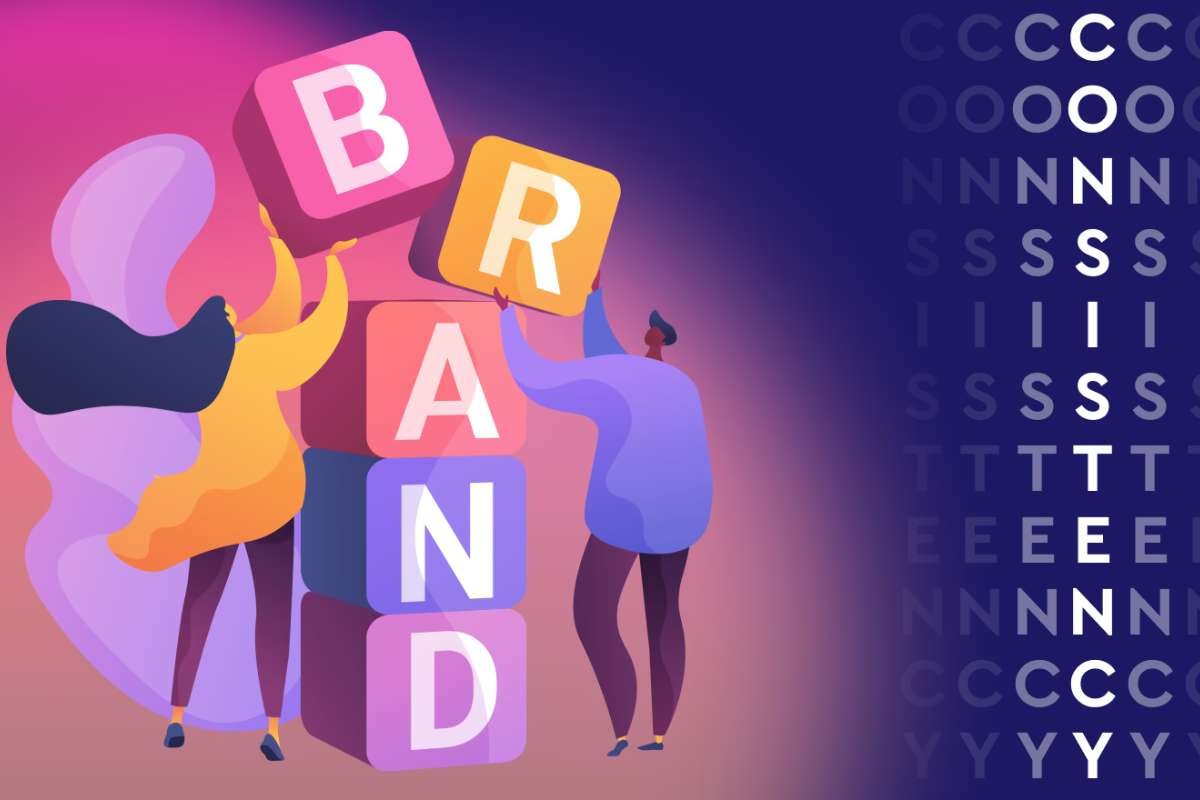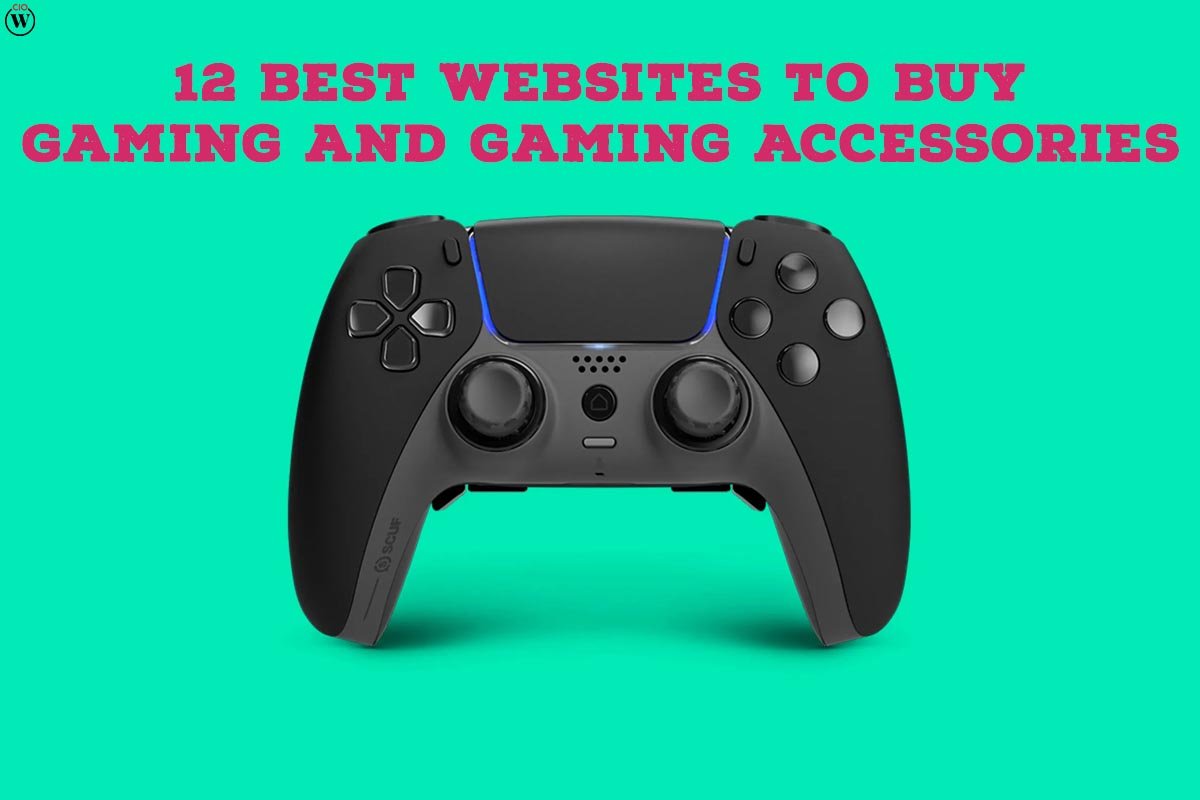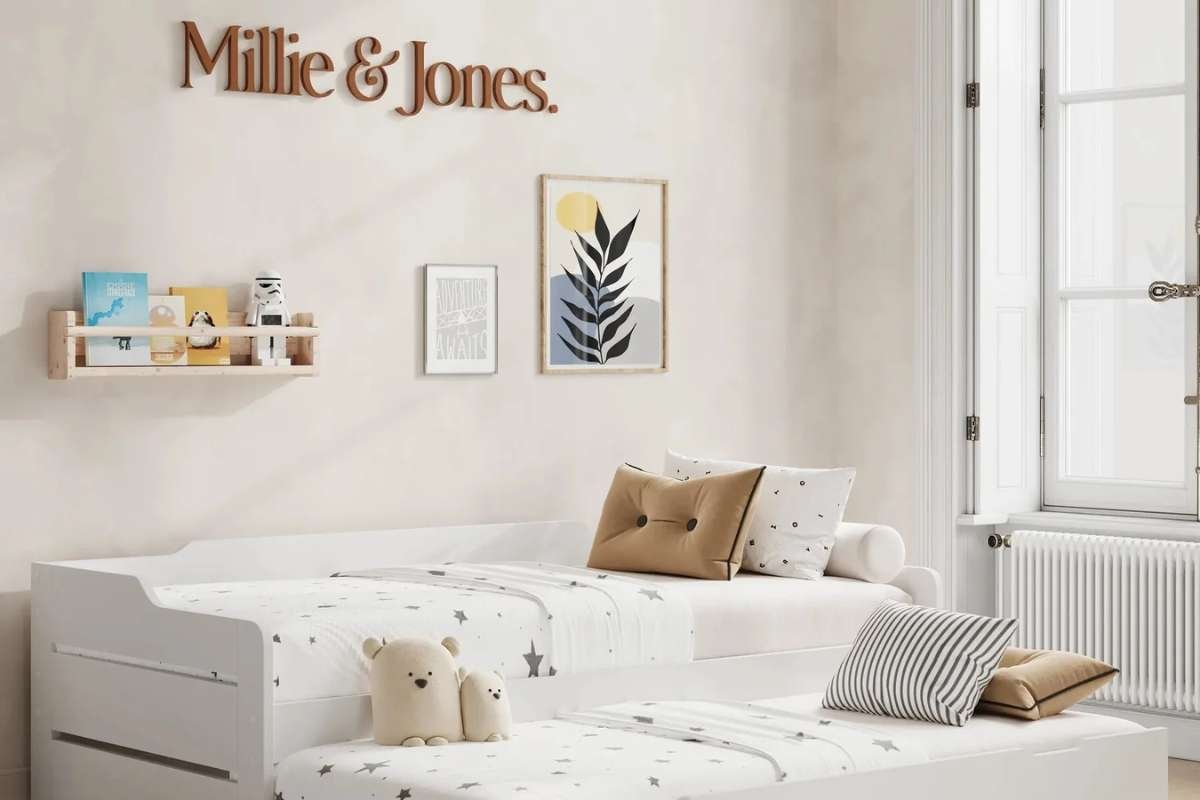So you made something great, you’re absolutely confident it’s going to take your business to the next level. Besides, people love it. You keep getting orders, the reviews are glowing, and someone even called it “life-changing” in all caps. You’d think the next move would be to coast, maybe pop a bottle, and enjoy the ride. But instead, you’re staring at a notebook full of scribbled ideas, thinking, “Now what?”
Okay, well, it turns out, having one good product is both a blessing and a bit of a pressure cooker (or curse if you want to call it that). How? Why? Because once you’ve proven yourself, people expect more. This means anticipating additional colors, new versions, and innovative ideas that resonate with the original success. This pivotal point is where turning one product into a brand either falters or truly begins to flourish.
Brand Consistency is More than Matching Fonts

When people love your first product, they’re not just buying the thing. In fact, they’re buying the feel of it. The experience. The little details that made it feel intentional, even if you made it in your garage on three hours of sleep and pure panic. So when it comes time to add more, that same vibe needs to carry over without becoming boring.
You need to think about it like this: you’re building a personality, not just a product lineup. But the trick is making each new item feel like a natural next step instead of a weird side quest (sounds weird, but bear with it). People should be able to recognize your stuff in the wild without squinting at the label.
Evolve the Idea without Losing the Magic

Turning one product into a brand isn’t about slapping your logo on every item in a hardware store. Actually, it’s about figuring out why the original worked and letting that guide the next thing. Just think of it like this: was it the shape? The function? The fact that it solved one very specific problem better than anything else out there?
So, this is the part where you need to zoom out and think long-term. A lot of small businesses go from hit product to scattered mess because they’re chasing trends instead of building around their strengths. Now, sure, by all means, growth feels exciting, but without a plan, it’s just chaos.
But there needs to be planning, and yeah, even if planning isn’t your thing, then you’ll need industrial design (and this goes far beyond just aesthetics). It’s really about designing a full experience that makes sense right now (and works five products down the road). But really, having a good industrial design strategy seriously helps make every product feel like it belongs, even if it’s wildly different in function.
Don’t try to Impress

Well, here’s something else every business owner needs to keep in mind: the most memorable brands don’t expand just to show off. Instead, turning one product into a brand successfully means building from a core idea that genuinely resonates with your audience. Now, obviously you want new products that make your customers say, “Of course they made this,” not “Wait, why did they make this?”
But you don’t need to go big right away (even though that seems to be the case for whatever reason). Instead, you’re better off just starting small, like a variation, an accessory, a new size. Just watch how your audience responds. Use their reactions as your compass. If you listen closely enough, they’ll tell you what the next product should be.








